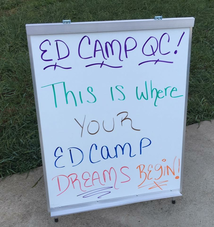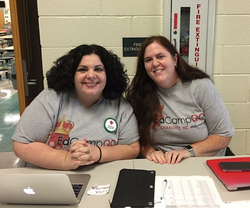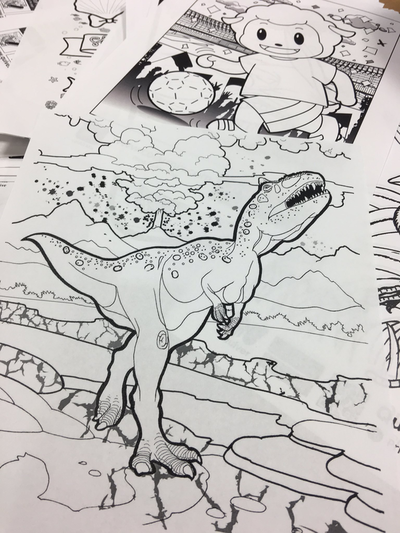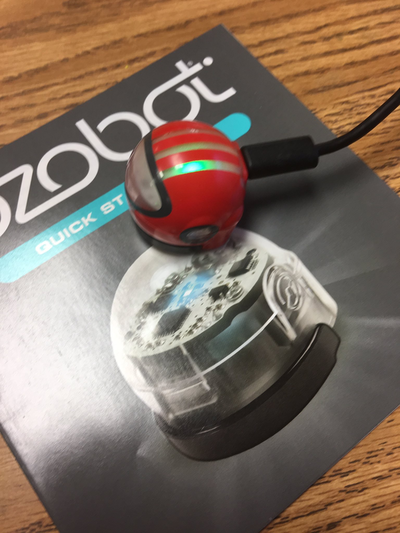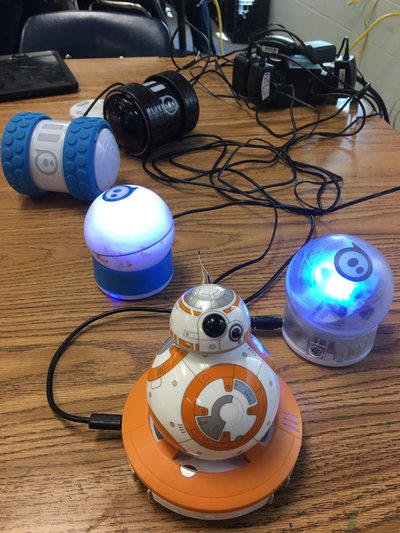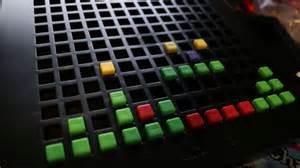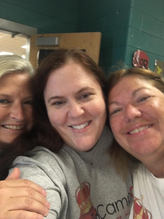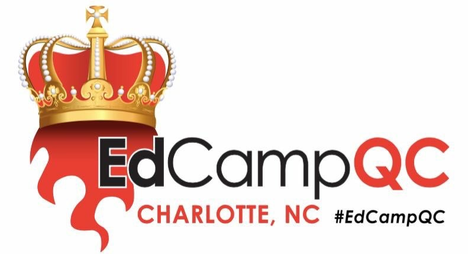By Nancy Penchev
Technology is an amazing tool that can be used by both teachers and students to create, expand, and encourage learning. Using technology to make learning visible gives students ownership over their work and let’s them have freedom of expression. By providing students with an authentic mode of assessment, teachers are building in higher order thinking skills. But what tools are there that can be used that are simple, easy, and affordable? What tools can be used on iPads, Chromebooks, or other tech? Here are several technology tools that I love and students have enjoyed both viewing and using.
Technology is an amazing tool that can be used by both teachers and students to create, expand, and encourage learning. Using technology to make learning visible gives students ownership over their work and let’s them have freedom of expression. By providing students with an authentic mode of assessment, teachers are building in higher order thinking skills. But what tools are there that can be used that are simple, easy, and affordable? What tools can be used on iPads, Chromebooks, or other tech? Here are several technology tools that I love and students have enjoyed both viewing and using.
Presentations
 MySimpleShow- This is a newer tool for me. They are a very responsive company and want to learn how teachers are using their tool. This tool allows you to create a movie, fairly quickly and easily. The movie shows pictures that match your words, can feature your voice or a voice provided by the company, and looks professionally made. This is a free, online tool so it can be accessed no matter what device you have. After publishing your video, you can upload to YouTube or other video sharing platforms or download as MP4 file. MySimpleShow teacher example
MySimpleShow- This is a newer tool for me. They are a very responsive company and want to learn how teachers are using their tool. This tool allows you to create a movie, fairly quickly and easily. The movie shows pictures that match your words, can feature your voice or a voice provided by the company, and looks professionally made. This is a free, online tool so it can be accessed no matter what device you have. After publishing your video, you can upload to YouTube or other video sharing platforms or download as MP4 file. MySimpleShow teacher example
Chatterpix/Blabberize- Chatterpix is an iOs app and Blabberize is an online version that makes a similar style presentation. They are both free and easy. In three steps you can create a cute, easy presentation. You upload a picture, draw a mouth, and record your voice. These tools are great for book reports, Science, and Social Studies. Chatterpix saves to your camera roll, making it easy to app smash and present with other presentation tools. Blabberize has been known to have glitches and saves to your computer.
Sock Puppets- Students love this iOs app. It is fun, fabulous, and free (but can purchase upgrades). In this simple app you select the puppets you want in your show, pick a background or upload the background of your choice, select your props, then record the message. The app changes your voice to a cartoon voice. The puppet’s mouths move based on the message recorded.
 Tellagami- This presentation tool is another free, but upgrades available for pay. With this tool you create a gami (character), add a background of your choice or one preloaded, then record the message. You get 30 seconds on the free version. If you want more time you can pay to upgrade or simply record and save continually, then upload into Perfect Video to put the longer version together.
Tellagami- This presentation tool is another free, but upgrades available for pay. With this tool you create a gami (character), add a background of your choice or one preloaded, then record the message. You get 30 seconds on the free version. If you want more time you can pay to upgrade or simply record and save continually, then upload into Perfect Video to put the longer version together.  Perfect Video- Perfect Video is an iOs app that allows you to app smash, which means put together several projects into one presentation. With Perfect Video you can put together all the projects from the apps above. You can add text and voice.
Perfect Video- Perfect Video is an iOs app that allows you to app smash, which means put together several projects into one presentation. With Perfect Video you can put together all the projects from the apps above. You can add text and voice.
Writing Technology Tools
Snap n Write- This is a great tool for having students create a postcard. It is simple and easy to use. You click the + sign to add text or pictures, add the “address”, and the stamp. My favorite part of the app is adding a stamp with the location. This is perfect for teaching students about summaries because they do not have a lot of room on the message portion. Once complete, you can save the postcard to your camera roll and app smash it into Perfect Video for a book report or other presentation. You can also print it, share it through email or social media. I put together a few different postcards into Perfect Video to make an example.
Mind maps- Popplet is a great tool to create mind maps. It is an iOs map, as well as a website. This can be used to do vocabulary maps, to organize ideas for writing, and as a note taking form during research. Mindmeister is a free tool similar to Popplet, but is a Chrome app. You can create mind maps and workflows.
Word Clouds- Tagxedo is a website, Word Clouds is an iOs, Quora is a Chrome app. All of these tools allow you to input a group of words and create a cloud of words. Students can paste words from their own writing, copy and paste from primary source documents, and many other ways.
Nancy Stone Penchev is a Coding/I LAB Teacher and Instructional Technology Coordinator for grades K-5th grade. She has 18 years of teaching experience. Her degrees include a Bachelor’s in Elementary Education, Masters in Early Childhood, Masters in Instructional Technology, and she is currently working toward an EdD in Instructional Technology and Distance Learning. Nancy’s conference presentations include local, state, and international conferences. She has published articles about technology in Teaching in the Middle magazine, Association of Middle Level Educators, ISTE point/counterpoint, and was a focus for an article from Coca-Cola on 9 Ways Technology is Transforming the Classroom. She is an ambassador for Weebly, Commons Sense Media,and Wonder Workshop and was a local award winner for the National Council for Women in Information Technology.




